Is Grass Seed Safe For Dogs? | Everything You Need To Know

Grass seeds, coated or uncoated seeds are frequently an issue, especially in the summer. They are easily transferred to your dog during walks since they are linked to the tops of long grass stems. Even though they are tiny, they could actually hurt your dog. The seeds quickly become entangled in a dog’s fur and can penetrate the skin because they have pointy ends and are extremely sharp.
Unfortunately, the grass seed can occasionally penetrate the epidermis and spread to other parts of the body. Even the chest region has been known to receive them. The seeds may also become lodged in the ears and eyes. They can be highly difficult to find when they begin to circulate throughout the body.
What Are Grass Seeds?
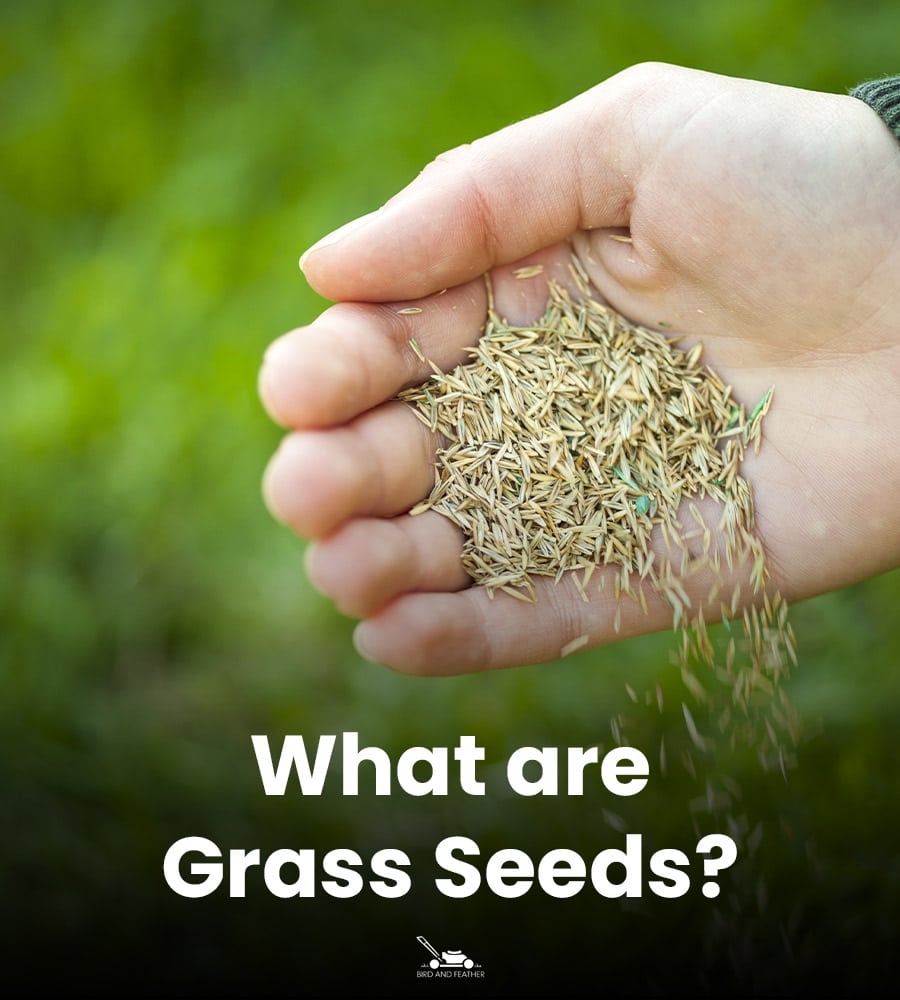
Grass seed is a fantastic way to increase your lawn’s strength, beauty, and development. Grass seed is your partner in creating a robust, healthy, and beautiful lawn. Grass stems left uncut and allowed to grow long are where grass seed is produced. The ‘inflorescences,’ which are seed heads that protrude out to allow for pollination before retraction into dormancy, appear.
The seed becomes ready to be harvested as it matures or becomes harder. Although the precise number is unknown, it is thought that there are hundreds of different species of grass like mondo, liriope, crabgrass, bermuda, st. agustine and zoysia grass and each with a unique set of traits and a distinct growth cycle.
Is Grass Seed Safe For Dogs?
There are two main ways that grass seeds can hurt dogs. Either the dog consumes the grass seeds, or the seeds get inside any portion of the dog’s body. Both times, the harm is substantial, and the dogs might become seriously ill. They can quickly pierce their outer skin in a number of places.
If unattended, this can be excruciatingly uncomfortable and, in the worst cases, may potentially result in fatal internal damage. There is no other course of therapy for them once they are within the body. Still, surgery to locate and remove them combined with continuous use of antibiotics and antifungals to prevent reinfection at the surgical site.
How Can Grass Seed Be Harmful To Dogs?

Grass seeds are a typical spring and summertime issue. While your pet is enjoying the outdoors, grass seeds can easily be brushed onto your pet’s body from the tops of long grass stalks. The seeds’ pointed ends make it easy for them to migrate into your pet’s ears or to become embedded in the skin.
Grass seeds can result in a range of issues, from minor irritations to surgical situations, if they are not handled. Additionally, grass seeds carry bacteria that, if they get under your pets’ skin, can affect them. If the seed enters your pet’s body, it may also cause serious inside harm.
Symptoms Of Dogs Affected By Grass Seeds
Redness, swelling, and irritation, such as licking or stroking the affected area, are common warning signs to watch for. Contact your local veterinarian immediately if you notice any of these signs so we can advise you on what to do.
Here are the signs and potential harm to various body parts of your pets:
- Search the coat for loose seeds that have landed there. Matted hair is the other sign. Potential harm is that the seed can land on your pet’s skin and become embedded there.
- Examine the skin for signs of biting or licking the region, as well as for any redness or swelling. The seed might also be seen poking out. Abscesses or exposed sores could cause injury.
- Try to spot any signs of rubbing or scratching their ears, head shaking, head tilting, or redness. Ear infections, hearing loss, and eardrum rupture are examples of possible harm.
- Examine your eyes for signs of redness or inflammation, discharge, or eye rubbing. Vision loss and corneal ulcers are examples of possible harm.
- Look for signs in the genitalia, such as licking the affected area, swelling or redness, trouble urinating, or blood in the urine.
How To Keep Dogs Away From Grass Seeds?
- Avoid strolling in regions with tall grass since your pet is less likely to pick up a grass seed when you walk in areas where the grass has been mowed short.
- Regular grooming and hair trimming can help your pet avoid ingesting grass seeds in the first place. Grooming your pet can identify grass seeds early, and keeping long-haired pets cut, especially around their paws and ears, can help them avoid ingesting grass seeds.
- Checks after walks: After a stroll, look over your pet’s body to see if there are any grass seeds there. The eyes, ears, nose, armpits, and feet should all be checked. Remember the symptoms mentioned above, and keep an eye out for any regions of redness or swelling in particular.
Best Grass Type Suitable For Pet Owners
1. Fescue

With lively dogs who enjoy running and falling on your lawn, fescue grass is tough and thrives. There are several different types of this Festuca genus member.
2. Kentucky Bluegrass
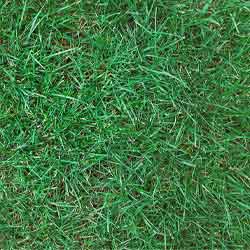
This well-liked, quick-healing grass is strong and resilient enough to withstand your dog’s racing paws. It thrives in cooler climates and grows well under most climatic conditions.
With its distinctive blue-hued blades of grass, it not only has the capacity to recover from physical contact or your dog’s bathroom trips but also creates a very enticing-looking lawn.
3. Perennial Ryegrass (Lolium perenne)
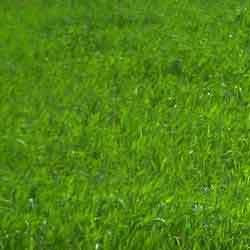
If you have a big dog or several dogs, perennial ryegrass is a fantastic option because it is resilient and tolerant of dog poop. Although it is not as cold-hardy as Kentucky Bluegrass, it nonetheless thrives in milder environments and maintains its lovely green hue in mild winters. Of course, this grass needs more water and fertilizer compared to other grasses.
4. Zoysia
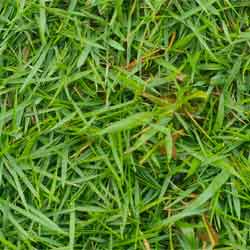
The grass genus zoysia is dense and opulent, making it ideal for areas with plenty of paw traffic. Due to its drought resilience, it thrives in warmer regions and does not need frequent watering.
5. Centipede (Eremochloa ophiuroides)
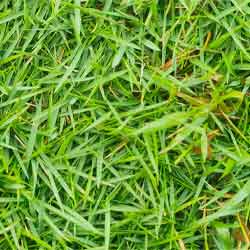
Although this grass needs certain growing conditions to flourish, it can be a fantastic option for withstanding your dog’s urine. Unlike most grasses, it requires more acidic soil and cannot grow in alkaline soil.
6. Bermuda (Cynodon dactylon)
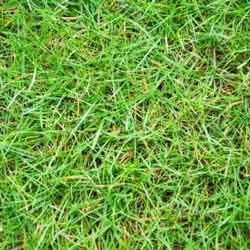
Just like centipede grass, bermuda grass is resilient as well as quick to recover. This makes it the ideal option for areas where paw traffic is heavy. Due to the strength of its deep root system, it is a well-liked choice for sports fields and golf courses. It does not require frequent irrigation and is suitable for hot areas.
Are There Pet-Friendly Fertilizers?
As long as you carefully follow the instructions, most commercially available products, such as organic lawn fertilizers with EPA certification, are pet-safe. Potash, commonly referred to as potassium fertilizer, is sold commercially as liquid or granules. You may safely combine it with bone meal to give your plants more nitrogen because it is pet-friendly and high in potassium.
- Compost – One of the best fertilizers for gardening is compost, which you can manufacture for free. You may use it on your lawn as well, but it takes a lot to supply the lawn grass with enough nitrogen.
- Seaweed – Seaweed contains a lot of nitrogen. Although it can be purchased in powder form, liquid spray forms are more popular.
- Fish emulsion: While fish emulsion is a fantastic fertilizer choice, keep in mind that it is a quick-release fertilizer and that using too much might burn plants. The smell is probably quite alluring to dogs, who would try to dig up your garden plants.
How To Identify Pet-Friendly Grass Seeds?
Most grass seeds are harmless to pets when ingested by dogs and cats. However, most veterinarians recommend looking for grass seeds that are not contaminated with chemicals.
The actual safety concern is with the kind of fertilizer you decide to apply to your grass. Even while there are commercial pet-friendly fertilizers on the market, they always come with a list of restrictions and warnings, such as keeping your dog away from freshly put fertilizer for 24 hours.
Final Thoughts
The most vulnerable animals are those that spend the most time outdoors, especially those that live on farms or large tracts of land. Unfortunately, there is no easy way to shield your pet from grass seeds, although keeping their coat short and limiting their exploration of long, dry grassy areas will assist.
If your pet does manage to play on a lawn or parkland with seeded grass, physically examine them by running your fingers through their fur and looking inside their ears, mouth, and eyes. Contact your local veterinarian if you think a grass seed may be the cause of a condition your pet is experiencing before it gets worse.






